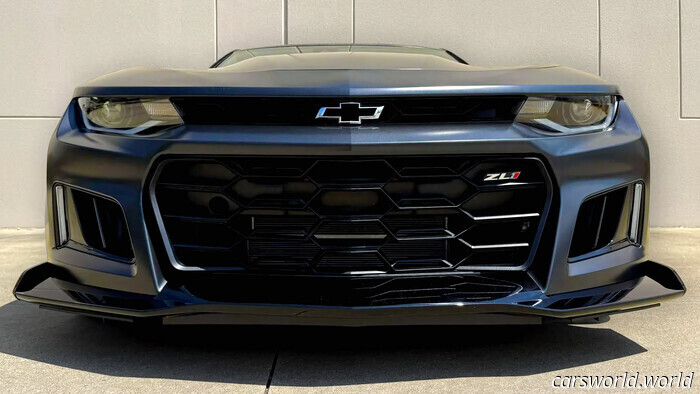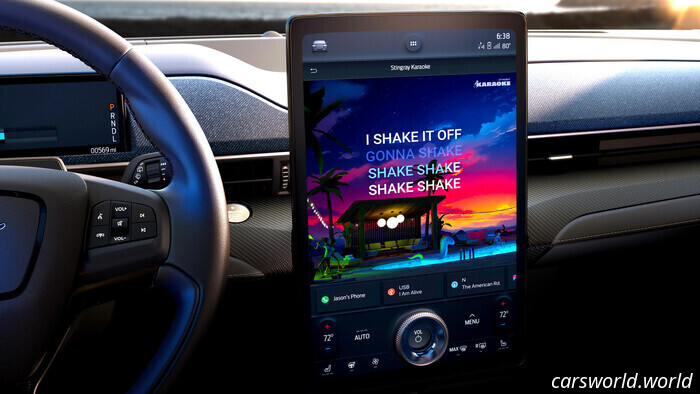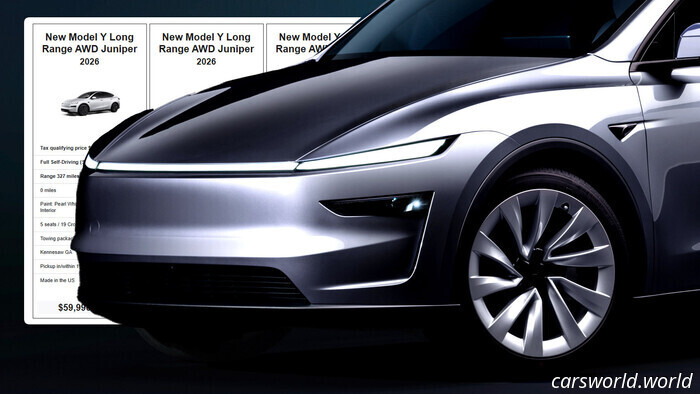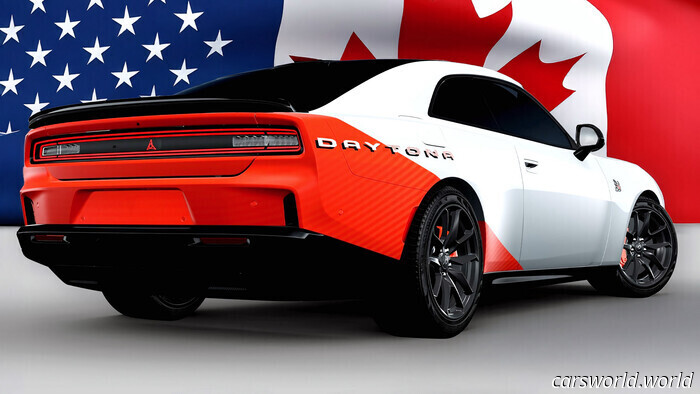Rolls-Royce Phantom Celebrates 100 Years: Exploring the History of the Luxury Icon
Rolls-Royce
Get The Drive’s daily newsletter
Celebrating a century in business is a significant milestone for any car manufacturer. For Rolls-Royce, not only has the brand reached this impressive mark, but it also boasts a model that is itself 100 years old: The Phantom. This positions the luxury brand as older than many of its competitors.
The original Phantom debuted in 1925, at a time when Rolls was primarily producing rolling chassis for coachbuilders to create their own bodies. While it was recognized as one of the world's most luxurious vehicles, it gained particular notoriety in 1927 when numerous film stars and Hollywood executives purchased Phantoms for personal use. Notable owners included Warner Bros. co-founder Jack Warner, Greta Garbo, and Fred Astaire. Additionally, silent film star Mary Pickford not only owned one but had it modified with a hidden compartment for alcohol, allowing her to conceal her supplies during the prohibition era.
In 1929, Rolls-Royce introduced the Phantom II, featuring an updated 7.7-liter straight-six engine. It wasn’t until the third generation in 1936 that the model received the now-legendary V12 engine. Like many manufacturers, Rolls-Royce paused car development during World War II, but the brand still made its mark. British Field Marshal Bernard Law Montgomery used a Phantom III as his daily vehicle, despite being known for his modest lifestyle and earning the nickname “Spartan General.” Montgomery even transported prominent figures like Winston Churchill, General Eisenhower, and King George VI in the Phantom III during essential planning meetings for the D-Day invasion at Allied headquarters in the UK.
The Phantom IV was not introduced until 1950, long after the war, and carried a more understated design, reflective of the post-war mood. It was shorter than the Phantom III and sported a kneeling version of the distinguished “Spirit of Ecstasy” hood ornament on its bespoke chassis.
Such subtlety was short-lived. The Phantom V debuted in 1959 and measured nearly 19 feet, reportedly prompting an increase in the required length for British curbside parking spaces. The Phantom V elevated the nameplate’s fame, attracting an impressive list of owners, including Queen Elizabeth II, Elton John, Elvis Presley, and John Lennon. Lennon’s version became particularly notable, originally painted all black and one of the first factory British cars to feature tinted windows. Following the success of The Beatles' album Sgt. Pepper’s Lonely Hearts Club Band, Lennon had his Phantom V painted bright yellow with a swirling, floral design that displeased traditional Rolls-Royce enthusiasts.
After the era of the Phantom V, Rolls-Royce faced challenges. In 1973, the company was divided from the larger, nationalized Rolls-Royce Limited, producing vehicles under both the Rolls-Royce and Bentley brands. The Phantom VI arrived in 1968 and was refreshed in 1973, largely resembling the Phantom V but resulting in less success, with only 374 units sold. In 1980, Rolls-Royce Motors was acquired by Vickers, who later sold the company to Volkswagen in 1998. However, BMW acquired the rights to the Rolls-Royce name and trademark from Vickers. Subsequently, BMW reintroduced the Rolls-Royce brand with the first new-generation Phantom in decades. The Phantom VII, built on a BMW 7 Series platform, featured a dramatically different design while maintaining a sense of extreme luxury. It even led to the creation of a convertible variant: the Phantom Drophead Coupe.
Today, the Phantom VIII continues the century-long tradition of extraordinary luxury. While it isn’t coachbuilt like its predecessors, it offers bespoke customization options that surpass nearly every other brand. After a century, the Phantom remains the preferred luxury vehicle for the ultra-wealthy, as nothing signifies refined power quite like one of these cars. This model line has weathered a world war, corporate restructuring, and two acquisitions by outside entities while preserving its esteemed reputation. Despite the inclination to criticize extravagant vehicles for their often socially insensitive opulence, there’s a certain charm about the Phantom that has always appealed to me. Perhaps it's because, after 100 years, it truly deserves to be magnificent.
Have any insights? Send them to [email protected]
Other articles
 This Camaro was sold twice for $30,000 above its sticker price, and it remains unused | Carscoops
If the Camaro doesn't come back, Collector's Edition models like this could keep increasing in value.
This Camaro was sold twice for $30,000 above its sticker price, and it remains unused | Carscoops
If the Camaro doesn't come back, Collector's Edition models like this could keep increasing in value.
 Ford Spent Millions on Tesla Technology for Its Vehicles but Later Discreetly Abandoned the Project | Carscoops
The modern system would facilitate better software integration and simplify OTA updates; however, it was considered too expensive.
Ford Spent Millions on Tesla Technology for Its Vehicles but Later Discreetly Abandoned the Project | Carscoops
The modern system would facilitate better software integration and simplify OTA updates; however, it was considered too expensive.
 Tesla Hasn't Been Able to Sell Its Model Y Launch Editions as They Remain Available | Carscoops
If you didn't get the opportunity to order one, Tesla has several Launch Series models ready for their new owners.
Tesla Hasn't Been Able to Sell Its Model Y Launch Editions as They Remain Available | Carscoops
If you didn't get the opportunity to order one, Tesla has several Launch Series models ready for their new owners.
 Stellantis Closes Canadian Plant Once More While Discreetly Halting Truck Production in Mexico | Carscoops
Stellantis quickly responded to the recently revealed tariff rebates, which differ based on the USMCA content of each model.
Stellantis Closes Canadian Plant Once More While Discreetly Halting Truck Production in Mexico | Carscoops
Stellantis quickly responded to the recently revealed tariff rebates, which differ based on the USMCA content of each model.
 Mattel's Brick Shop Aims to Outperform Lego in Its Own Arena | Carscoops
This summer, seven sets will be available, with prices between $20 and $120.
Mattel's Brick Shop Aims to Outperform Lego in Its Own Arena | Carscoops
This summer, seven sets will be available, with prices between $20 and $120.
 9.9L Lingenfelter Suburban POV: Experiencing the Ultimate Sleeper SUV from the Driver's Seat
In this POV video, you can hear the powerful roar and nearly sense the rumble of the Suburban 2500 equipped with a huge V8 engine.
9.9L Lingenfelter Suburban POV: Experiencing the Ultimate Sleeper SUV from the Driver's Seat
In this POV video, you can hear the powerful roar and nearly sense the rumble of the Suburban 2500 equipped with a huge V8 engine.
Rolls-Royce Phantom Celebrates 100 Years: Exploring the History of the Luxury Icon
Luxury automobiles such as the Rolls-Royce Phantom can be excessively extravagant, but after being recognized as one of the top luxury cars globally for a century, it may have justified that claim.
